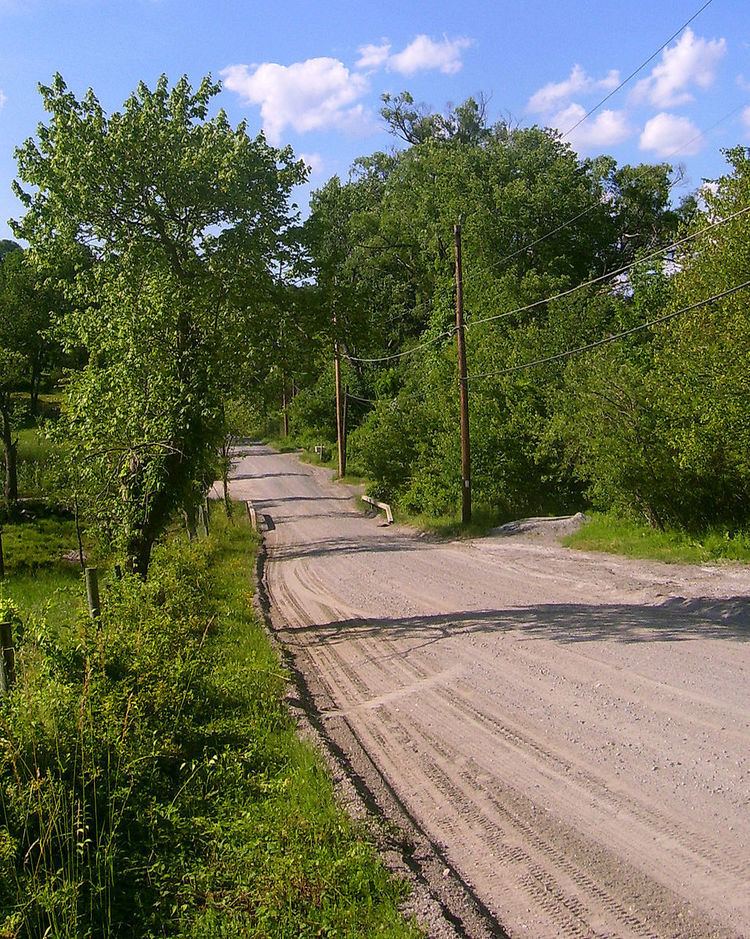 | ||
A post road is a road designated for the transportation of postal mail. In past centuries, only major towns had a post house and the roads used by post riders or mail coaches to carry mail among them were particularly important ones or, due to the special attention given them, became so. In various centuries and countries, post road became more or less equivalent to main road, royal road, or highway. The 20th century spread of postal service blurred the distinction.
Contents
United States
In what was to later become the United States, post roads developed as the primary method of communicating information across and between the colonies. Post riders rode horses between municipalities, and milestones marked the distance between the major municipalities; many of these milestones can still be found on highways such as the Boston Post Road. Until the advent of electronic communication, beginning with the telegraph, post roads, using official mail and publications, private correspondence, and word of mouth, were the main means for transmitting news and information in areas not served by seaports, navigable rivers, or the overland canal system.
The Articles of Confederation authorized the national government to create post offices but not post roads. Adoption of the U.S. Constitution changed this, as Article I, Section Eight, known as the Postal Clause, specifically authorizes Congress the enumerated power "to establish post offices and post roads." This was generally interpreted liberally, to include all public highways. U.S. Supreme Court justice Joseph Story defended the broad interpretation that had become dominant in his influential Commentaries on the Constitution of the United States (1833). A law of 1838 designated all existing and future railroads as post roads.
Notable American post roads built for the purpose include:
Canada
Chemin du Roy was built between Montreal (Repentigny) and Quebec City from 1731 to 1737, for mail and as a means of travel for the key settlements in New France/Lower Canada. It was later incorporated as Quebec Route 2 and is now part of Quebec Route 138.
Two notable post roads built in the late 1700s and early 1800s were Dundas Road (The Governor's Road) and Kingston Road (Lakeshore Road or York Road) to provide a route of mail and stagecoaches between key settlements in Upper Canada.
The latter route, which became The Provincial Highway in 1917 (Ontario Highway 2 c. 1923), and the former which became a Dundas Highway in 1920 (Ontario Highway 5 in 1925), were the beginning of the provincial highway system in Ontario.
